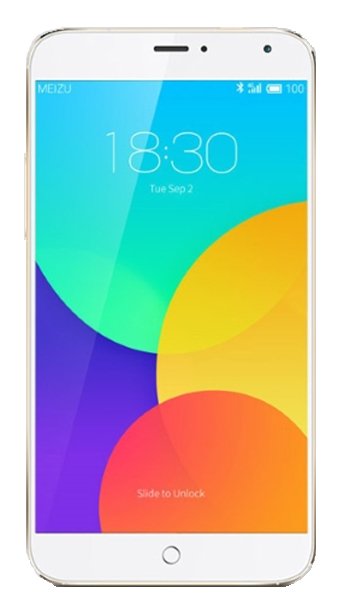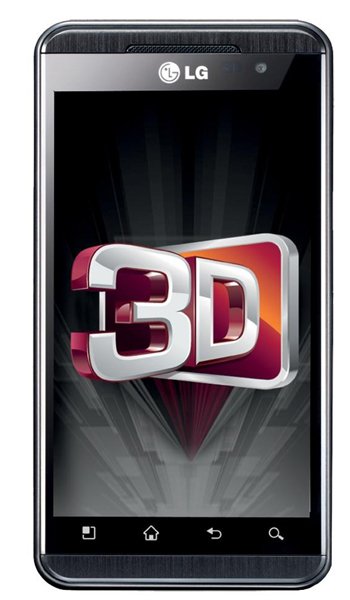Meizu MX4 Pro vs LG Optimus 3D P920 Comparison and Differences
Smartphone 1

Meizu MX4 Pro
Smartphone 2

LG Optimus 3D P920
Smartphone 3
Meizu MX4 Pro or LG Optimus 3D P920 Specs Comparison
or
 Common specs
Common specs
| Brand and model | Meizu MX4 Pro | LG Optimus 3D P920 | |
| Rating | (+) | (+) | |
| Release date | 2014, October | 2011, January | |
| Dimensions (HxWxD) | 150.1 x 77 x 9 mm | 5.91 x 5.91 x 3.03 in | 128.8 x 68 x 11.9 mm | 5.07 x 5.07 x 2.68 in | |
| Weight | 158 g | 5.57 oz | 168 g | 5.93 oz | |
| Case | buy from Amazon | buy from Amazon | |
| Colors | Gray, Gold, White | Black, White | |
| Battery | 3350 mAh, Non-removable | 1500 mAh, Removable Li-Ion | |
| Battery life |
Stand by time - Up to 450 h Talking time - Up to 13 h (2G) / Up to 9 h (3G) |
||
| Approximate price | 400 EUR | 190 EUR | |
| Check price | from Amazon | from Amazon |
 Screen
Screen
| Technology | IPS LCD | 3D LCD | |
| Touchscreen | capacitive touchscreen | capacitive touchscreen | |
| Display colors | 16M | 16M | |
| Screen size | 5.5" in | 4.3" in | |
| Screen area | 85.2 cm2 | 52.6 cm2 | |
| Screen format | 5:3 (height:width) | 5:3 (height:width) | |
| Screen to body ratio | 73.7% | 60.1% | |
| Screen resolution | 1536 x 2560 px | 480 x 800 px | |
| Screen PPI /points per inch/ | 546 PPI | 217 PPI | |
| Screen protection | Corning Gorilla Glass 3 | Corning Gorilla Glass | |
| Screen protector | buy from Amazon | buy from Amazon |
 Camera and Video
Camera and Video
| Rear camera, main | 20.7 MP, Single | 5 MP, Single | |
| Camera specs | -20.7 MP, f/2.2, 1/2.3'', AF | -5 MP, AF -5 MP, AF |
|
| Functions | Dual-LED dual-tone flash, HDR, panorama | LED flash | |
| Video | 2160p@30fps, 1080p@30fps | 1080p@30fps (2D), 720p@30fps (3D) | |
| Front camera, selfie | 5 MP, Single | 0.3 MP, Single | |
| Specifications | 5 MP, f/2.0 | ||
| Video | 1080p@30fps |
 Performance
Performance
| Operating system - OS | Android 4.4.4 (KitKat); Flyme 4 | Android 2.2 (Froyo), 2.3, upgradable to 4.0 (Ice Cream Sandwich) | |
| Chipset | - Exynos 5430 Octa (20 nm) | - TI OMAP 4430 | |
| CPU | - Octa-core (4x2.0 GHz Cortex-A15 & 4x1.5 GHz Cortex-A7) | - Dual-core 1.0 GHz Cortex-A9 | |
| GPU | Mali-T628MP6 | PowerVR SGX540 | |
| External memory | No | microSD, up to 32 GB (dedicated slot) | |
| Internal memory | 16/32/64 GB, 3 GB RAM | 8 GB, 512 MB RAM |
 Benchmark
Benchmark
| Antutu 7 Total | |||
| GeekBench 4 Single Core | 841 | ||
| GeekBench 4 Multi-Core | 2042 | ||
| GeekBench 4 RenderScript | 1717 |
 Communication and Connectivity
Communication and Connectivity
| SIM card | Micro-SIM | Mini-SIM | |
| Network | GSM / HSPA / LTE | GSM / HSPA | |
| Bands | -2G - GSM 850 / 900 / 1800 / 1900 -3G - HSDPA 850 / 900 / 1900 / 2100 TD-SCDMA - China Mobile -4G - LTE band 1(2100), 3(1800), 7(2600) LTE band 38(2600), 39(1900), 40(2300), 41(2500) - China Mobile |
-2G - GSM 850 / 900 / 1800 / 1900 |
|
| Speed | HSPA, LTE Cat4 150/50 Mbps | HSPA 21.1/5.76 Mbps (req. SW update) | |
| GPRS | Yes | Class 10 | |
| Edge | Yes | Class 10 | |
| Wi-Fi | Wi-Fi 802.11 a/b/g/n/ac, dual-band, Wi-Fi Direct, hotspot | Wi-Fi 802.11 b/g/n, DLNA, hotspot | |
| GPS | Yes, with A-GPS, GLONASS, BDS, QZSS | Yes, with A-GPS | |
| NFC | Yes | ||
| USB | microUSB 2.0, USB On-The-Go | microUSB 2.0 | |
| Bluetooth | 4.0, A2DP, LE | 2.1, A2DP, EDR | |
| Harmful irradiation |
SAR - 0.55 W/kg (head) 1.12 W/kg (body) SAR EU - 0.37 W/kg (head) 0.56 W/kg (body) |
 Music and Audio
Music and Audio
| Radio | No | No | |
| Headphone jack | Yes | Yes | |
| Others | - Active noise cancellation with dedicated mic |
 Other features
Other features
| Sensors | - Fingerprint (front-mounted), accelerometer, gyro, proximity, compass | - Accelerometer, gyro, proximity, compass | |
| Other extras |
- HDMI port -MP4/DivX/XviD/H.264/WMV player -3D/2D video editor -MP3/WAV/WMA/eAAC+ player -Document viewer/editor -Organizer -Voice memo/dial/commands -Predictive text input |
Reviews and Opinions on Meizu MX4 Pro and LG Optimus 3D P920
If you had to recommend one of these phones to a friend, which one would it be and why? Share your arguments using the Add Opinion button!

